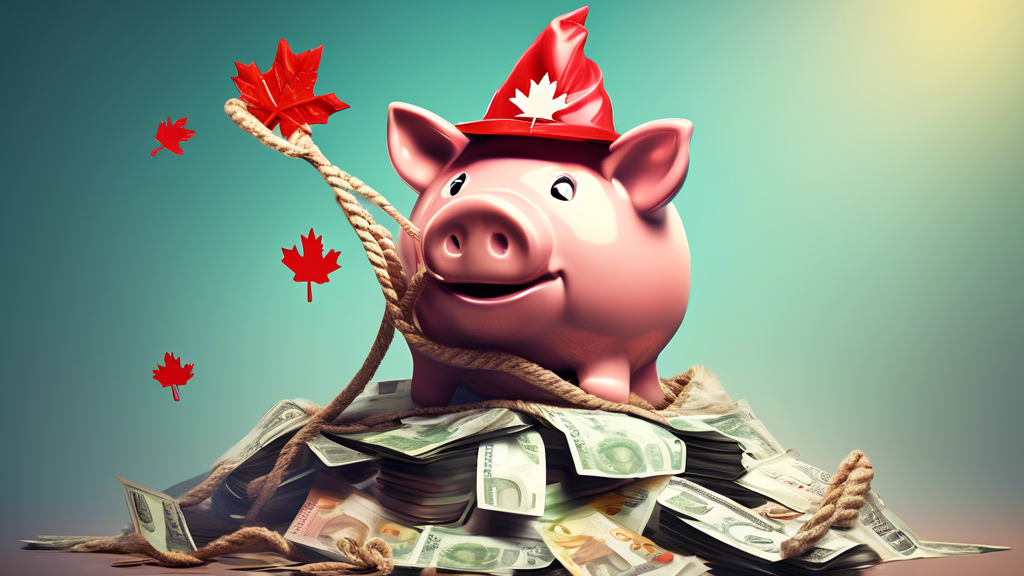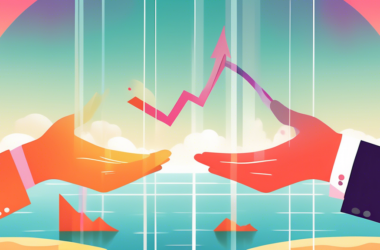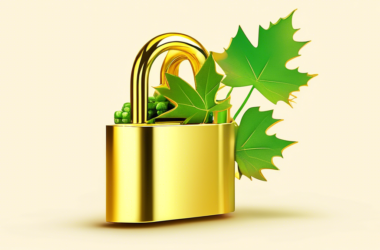Table of Contents Show
Building Wealth in Canada: A Comprehensive Guide to Debt Reduction
For many Canadians, the path to financial freedom can feel like an uphill battle. The dream of owning a home, retiring comfortably, or simply achieving financial stability often feels overshadowed by the looming presence of debt. However, tackling debt head-on is the crucial first step toward building genuine wealth. This comprehensive guide will equip you with the knowledge and strategies to effectively manage and reduce your debt, paving the way for a brighter financial future in Canada.
Understanding the Debt Landscape in Canada
Before diving into solutions, it’s essential to understand the current debt climate in Canada. Canadians hold a significant amount of debt, encompassing mortgages, student loans, credit card balances, and more. Several factors contribute to this, including:
* **Rising Cost of Living:** The increasing cost of housing, education, and everyday expenses often outpaces income growth, leading individuals to rely on credit to bridge the gap.
* **Easy Access to Credit:** The accessibility of credit cards and lines of credit can lead to overspending and accumulating debt faster than anticipated.
* **Low Interest Rates (Historically):** While beneficial for borrowers, historically low interest rates may encourage borrowing beyond immediate means.
The Impact of Debt on Wealth Building
Debt acts as a significant roadblock to building wealth. Here’s why:
* **High-Interest Payments:** A large portion of your income is diverted toward interest payments, leaving less money available for savings, investments, and other wealth-building activities.
* **Limited Borrowing Power:** A high debt-to-income ratio can hinder your ability to secure loans for significant purchases, like a home or a business, at favorable interest rates.
* **Stress and Strain:** Debt can take a toll on your mental well-being, causing stress, anxiety, and impacting your overall quality of life.
Creating Your Debt Reduction Strategy
The key to effectively tackling debt is a well-structured plan. Follow these steps:
1. Take Stock of Your Finances
Begin by creating a comprehensive picture of your current financial standing:
* **List Debts:** Note down all your debts, including the lender, outstanding balance, interest rate, and minimum payment.
* **Track Income and Expenses:** Analyze your income sources and track your spending habits to understand where your money is going.
* **Calculate Your Debt-to-Income Ratio:** This ratio reveals how much of your income is allocated to debt repayment.
2. Build a Realistic Budget
A budget serves as your financial roadmap. Identify areas where you can reduce expenses and redirect those funds towards debt repayment. Consider these strategies:
* **Differentiate Between Needs and Wants:** Prioritize essential expenses and explore ways to cut back on discretionary spending.
* **Negotiate Lower Rates:** Contact your creditors to negotiate lower interest rates on your existing debts.
* **Explore Lower-Cost Alternatives:** Seek out affordable options for utilities, groceries, and entertainment.
3. Prioritize Debt Repayment Methods
Two popular approaches can accelerate your debt repayment journey:
* **Snowball Method:** Focus on paying off the smallest debt first while making minimum payments on other debts. This method provides a psychological boost as you see quick wins early on.
* **Avalanche Method:** Target the debt with the highest interest rate first, regardless of the balance. This approach saves you money on interest payments in the long run.
4. Explore Debt Consolidation Options
If you have multiple debts with varying interest rates, consolidating them into a single loan with a lower rate can simplify repayment and potentially save you money:
* **Balance Transfer Credit Cards:** Transfer high-interest balances to a card with a promotional 0% APR period.
* **Line of Credit:** Consolidate debts into a line of credit with a lower interest rate than your original debts.
* **Debt Consolidation Loan:** Secure a personal loan specifically designed for debt consolidation purposes.
5. Seek Professional Guidance (If Needed)
If you’re struggling to manage your debt or need personalized advice, consider consulting a financial advisor. They can provide tailored strategies and resources based on your unique situation.
Maintaining Momentum and Staying Motivated
Debt reduction requires commitment. Here’s how to stay on track:
* **Set Realistic Goals:** Break down your debt repayment journey into smaller, achievable goals to maintain motivation.
* **Track Your Progress:** Regularly monitor your debt reduction, celebrate milestones, and adjust your strategy as needed.
* **Build Emergency Savings:** Having an emergency fund provides a financial buffer to prevent further debt accumulation in unexpected situations.
Preventing Future Debt Accumulation
Once you’ve achieved debt freedom, proactive steps will prevent falling back into debt:
* **Live Within Your Means:** Avoid overspending and impulse purchases by sticking to your budget.
* **Save Regularly:** Make saving a habit to build a financial safety net and work toward your financial goals.
* **Use Credit Responsibly:** If you use credit cards, pay your balances in full each month to avoid accruing interest charges.
Conclusion: Embracing a Brighter Financial Future
Building wealth in Canada starts with taking control of your finances. By implementing a strategic debt reduction plan, adopting healthy financial habits, and seeking professional guidance when needed, you can pave the way for a secure and prosperous future. Remember, the journey toward financial freedom is a marathon, not a sprint. Be patient with yourself, celebrate your successes, and never underestimate the transformative power of consistent effort.










